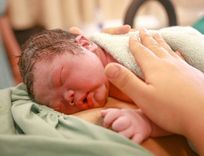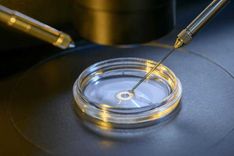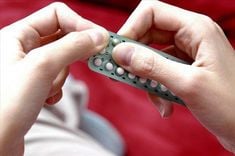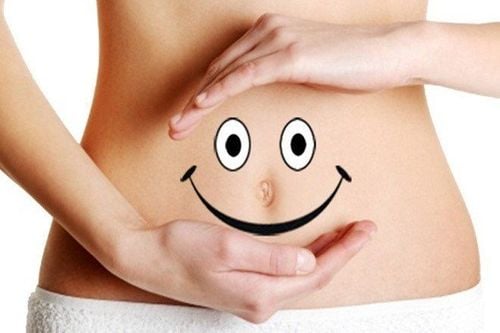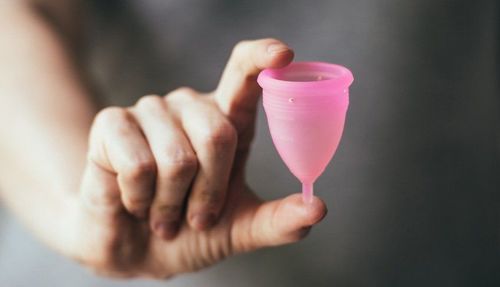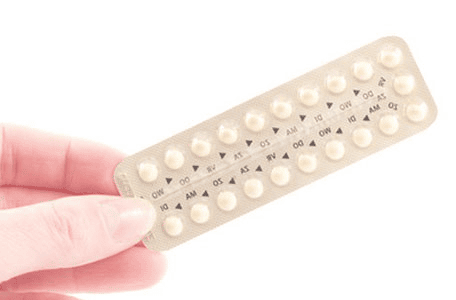This is an automatically translated article.
You feel concerned about menstrual bleeding when in public, now many women choose menstrual cups as an alternative to tampons and tampons to avoid this. But should you use a menstrual cup just because everyone else is doing it? Keep reading to learn more about these not-so-new women's products.
1. What is a menstrual cup?
Menstrual cup is a type of hygiene product that women use to insert into the vagina during menstruation. The menstrual cup is shaped like a small, bell-shaped cup, consisting of a funnel and a stem: the stem is used to adjust the position of the cup in the vagina and remove when needed; The funnel will be kept at the vaginal wall just below the cervix, used to store menstrual fluid when it comes out.
Menstrual cups are usually made of silicone or rubber, come in different sizes, so you need to find the right one for you, and you can reuse the cup. A person can wear the cup for 6–12 hours depending on the amount of menstrual flow, if the menstrual flow is heavy then it will need to empty the cup more often.
After emptying the cup, you need to rinse it with feminine hygiene solution before using it again. At the end of each cycle, you should disinfect the cup with boiling water, store it in a clean, dry place and reuse it for the next period.
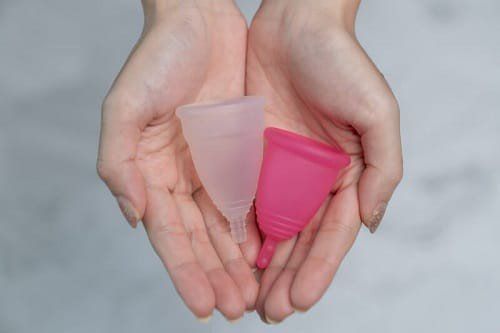
Cốc nguyệt san được sử dụng với phụ đang ở trong ngày hành kinh
2. Is it good to use a menstrual cup?
Here are some advantages and disadvantages of menstrual cups, which may help answer this question.
2.1 Advantages of using a menstrual cup Eco-friendly, cost-effective Menstrual cups can last for a long time - even years - providing significant cost savings compared to tampons and tampons - sanitary ware made from paper, cotton; It also helps to reduce the amount of waste released into the environment. However, there are some types of cups that are designed to be used only once for a menstrual cycle, so learn carefully about menstrual cup information before deciding to buy.
Don't spend a lot of time shopping every month Using sanitary pads or tampons will take you time to buy each month while you only buy a menstrual cup once and use it for many years.
Limiting odors and vaginal pH changes Using a menstrual cup helps you avoid the unpleasant odor caused by menstrual fluid in contact with the air created when using tampons. Besides, vaginal fluid will be absorbed along with the menstrual volume when using tampons to change vaginal pH, menstrual cup helps limit this situation.
Long-term use and larger capacity Menstrual cups often have twice the capacity of tampons, helping to keep more menstrual flow, making you more comfortable in the early days of your period. Menstruation when there is a lot of bleeding.
With tampons you need to change every four to eight hours, while thanks to the larger capacity, the menstrual cup can be used for up to 12 hours depending on the amount of menstrual flow. The cup can be used overnight without fear of spilling out due to movement during sleep.
Maintain hygiene during sex With reusable cups, you need to remove it from your vagina before having sex. But don't do that when using disposable cups. Your partner may not even be able to sense the presence of the cup and you don't have to worry about getting it dirty.
Safer Menstrual Cups Because menstrual cups hold back, they don't absorb blood, there's no risk of toxic shock syndrome (TSS), a rare infection associated with tampon use.
Comfort, cleanliness when using tampons If the menstrual cup is placed correctly, you can barely feel its presence in the vagina. The cup does not cause wet, uncomfortable burning like when you use tampons or tampons.
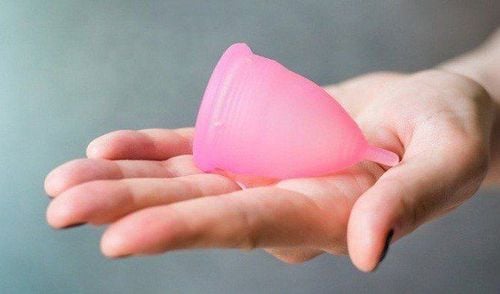
Cốc nguyệt san có một số ưu điểm vượt trội với phụ nữ ngày hành kinh
Need to choose the right size for each person Menstrual cups are not one-size-fits-all, so it can be difficult to find the right cup. That means you do your research and even have to try a few brands before you find the perfect one for you and your intimate area.
The cup size depends on your age, menstrual flow and fertility status. If it is not suitable for the body, the cup may leak menstrual blood out.
Vaginal Irritation Menstrual cups are mostly made of non-latex materials, making them a good choice for people allergic to latex. But for some people can be allergic to silicone or rubber material.
If the menstrual cup is not cleaned and cared for properly, it can cause irritation to the vagina. Therefore, you wash your hands thoroughly with soap, clean the cup with feminine hygiene solution before use and empty the cup at least 2-3 times a day.
The initial cost of buying a menstrual cup is quite high. Used for a long time, menstrual cups are more cost-effective than tampons and tampons. However, buying a rather tall menstrual cup makes many people wary.
May interfere with the IUD Some manufacturers advise against using a menstrual cup if you're having an IUD because it can misplace the IUD. Besides, if you are not sexually active or not married, you should consider using a menstrual cup to avoid affecting the hymen or consult your doctor before use.
Depending on the needs, conditions and circumstances of each person, you decide whether to use a menstrual cup instead of tampons or not. Menstrual cups will be a suitable alternative if you don't want to use tampons anymore. It can take some time for you to find the right cup and use it correctly, but be patient and you will see many great benefits when using a menstrual cup.
Please dial HOTLINE for more information or register for an appointment HERE. Download MyVinmec app to make appointments faster and to manage your bookings easily.

